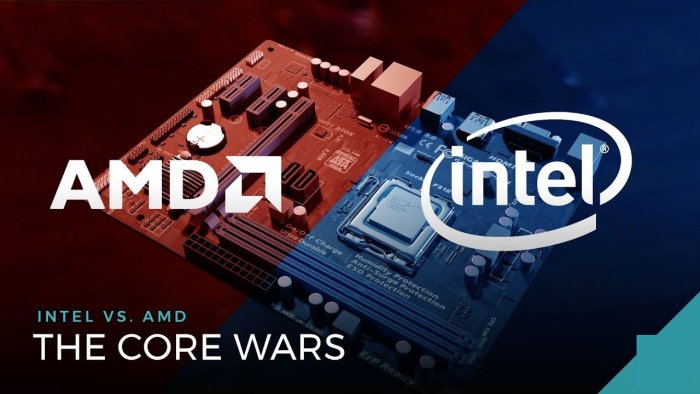Red Team (AMD) and Blue Team (Intel) are decade-old rivals in the chipsets market. Intel has always ruled the area due to its promised and better Single-core performance than AMD as It’s not only the struggle of building a faster core. It’s about building a core that’s fast enough while not compromising other important features of the design and stick around the low power input and high-performance output strategy, simultaneously.
To follow Moore’s law culture, AMD has struggled to develop a powerful core, that gave them flexibility and scalability while being relatively small in size like its Zen core, which is about 10% smaller than a Skylake core. They also wanted it to be efficient enough to scale from low power segments.
AMD probably could have produced a monster core but the end product would have been a core with slightly better performance but use a lot of power and too big to utilize 8 cores per chip on a consumer product.
Increasing single-core performance, on the other hand, is not an easy task. Intel has pushed billions to its engineering domain, a move that AMD refrained from making yet. It requires immense engineering efforts to win this battle. As Intel is a behemoth of the tech world and has ruled 90% of the CPU market for the last decade with a higher share of the profits in the tech market so it’s obvious that AMD is going to face trouble surpassing the Blue Team.
The Red Team’s plus point is their new Infinity Fabric technology as well as better multicore performance to produce a series of processors that beats Intel’s performance at price points that they choose to compete with the Blue Giant.
A point to understand is that AMD is a much smaller company, developing both CPUs and GPUs. Also, AMD’s strategic approach is very different. They have untied themselves from the CORE WAR regarding single-core performance, and left the ground for intel to boost up in this area. Whereas, AMD is busy competing for the Multi-core victory and “price to performance ratio” by its Ryzen series and has surpassed its intel counterparts, by introducing 7nm process nodes, while holding a victorious position in Price Game.
PS: Moore’s Law is the observation made by Gordon Moore, co-founder of Intel, that the number of transistors per square inch on integrated circuits had doubled every year since the integrated circuit was invented. Moore predicted that this trend would continue for the foreseeable future.

